Alleys of Moscow. Laurels, Trinity, courtyard and a little Vasnetsov
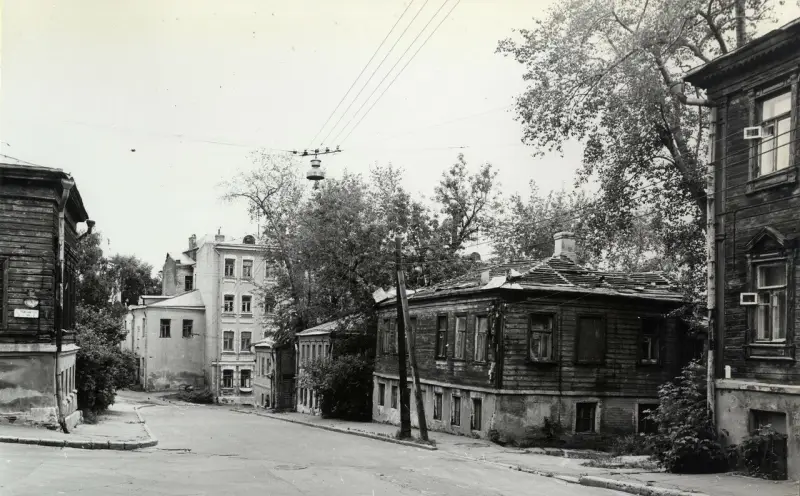
And in the city there is a town
Do not believe those who claim that Moscow was built haphazardly, recognizing only a radial-ring layout. The Mother See consists of numerous estates, churches and, of course, towns and settlements that shaped the appearance of the capital. There, not in new buildings, as later, most of its inhabitants lived.
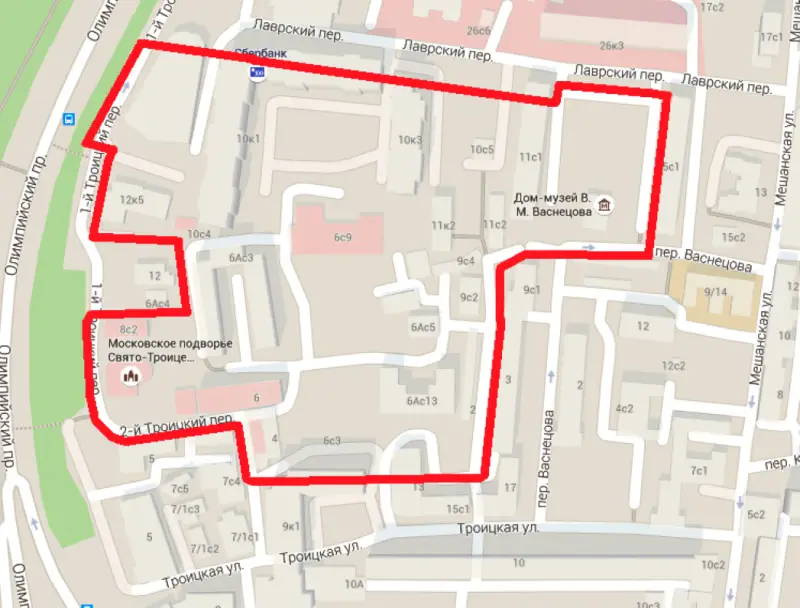
The city's districts did not form on their own; something random began to appear on its map not so long ago. Troitskaya Sloboda, first a courtyard of the Trinity-Sergius Lavra - one of several, also settled on the high left bank of the Neglinka for a reason.
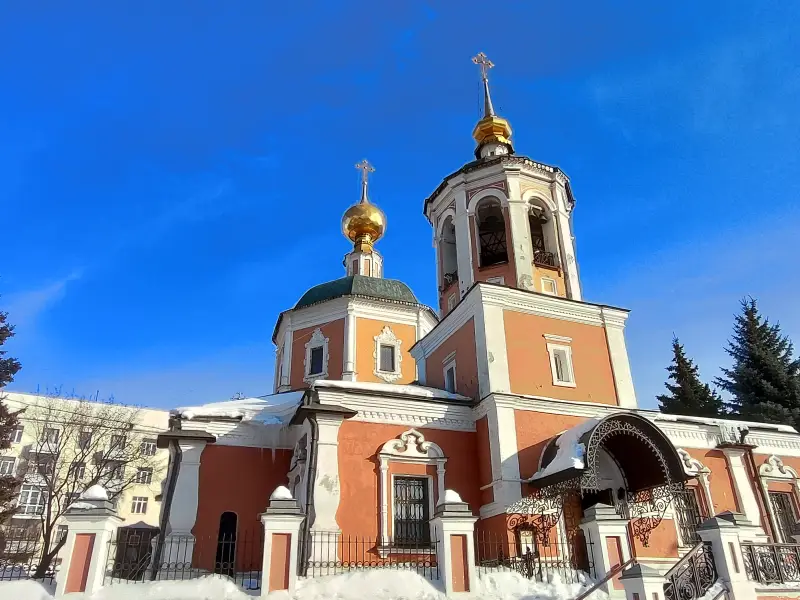
Very close by is the pilgrims’ road, which connects Moscow with the Lavra itself and then turns into the Yaroslavl Highway. Here the Kremlin is a half-hour walk away, and there are three monasteries nearby - Petrovsky, Rozhdestvensky and Sretensky.
And not far away is the Sukharevsky market, from the place where the Sukharevskaya metro station is now, formerly the Kolkhoznaya metro station, guidebooks and Moscow experts suggest starting an excursion to Lavry or tenderly to Lavriki. But we will take a different route - from the Tsvetnoy Boulevard station, which has a rather new Trubnaya station as a backup.
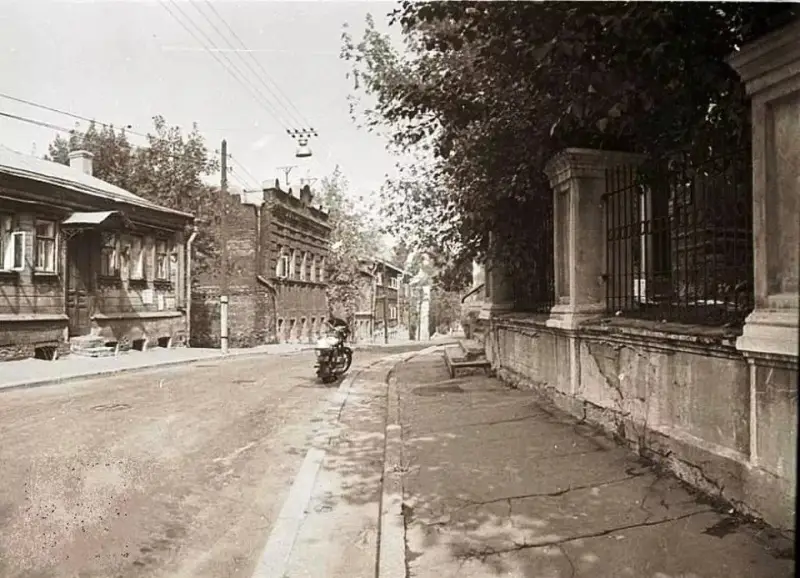
And not only because it’s closer and more interesting. Moreover, the Laurels-Lavriki are not strangers to the author. Through them, leaving aside all the Meshchanskys, and behind – “Durov’s Corner”, the gang from Samara Lane ran to the Central Market and to the circus.
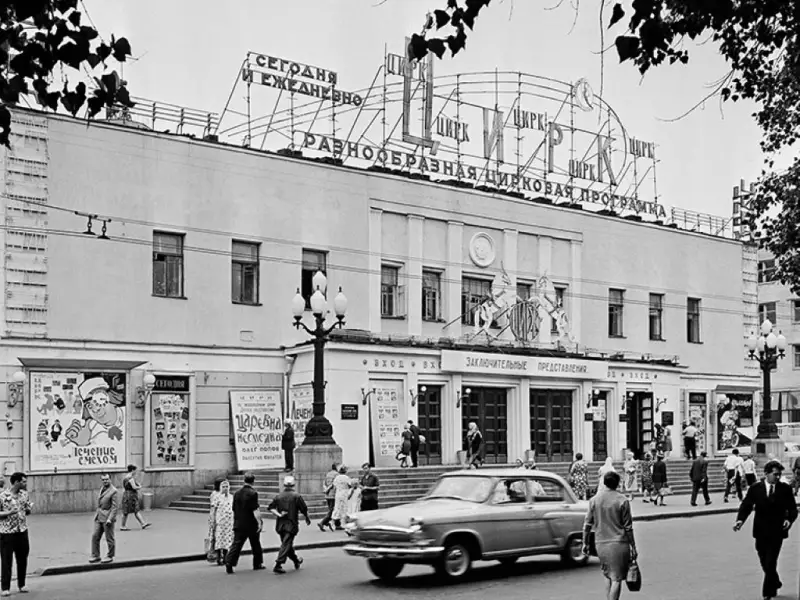
Yuri Nikulin’s partner, Mikhail Shuidin, Uncle Misha, who was simply adored by the local children, took us there for daytime rehearsals more than once. But this is not about him, we are walking away from Moscow, because for the old-timers the capital ended already beyond the Garden Ring.
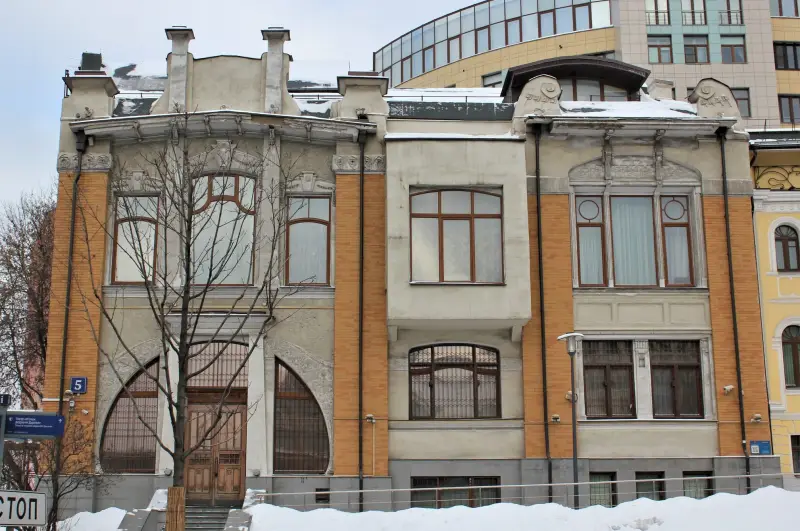
Let’s leave without special attention the spectacular modern mansion of Pravdina, where Stanislav Govorukhin filmed the episode “Meeting Place”, which, as we know, cannot be changed. It is here, to the police station that Zheglov Vysotsky brings Kirpich Sadalsky with a stolen wallet.
Immediately behind the mansion, which the owner, the architect Pravdin, not the worst among managers of that time, cleverly transferred to his wife, the ascent to Troitskaya Street begins. Now it’s a staircase, and Trinity Street itself is a dead end, but quiet.
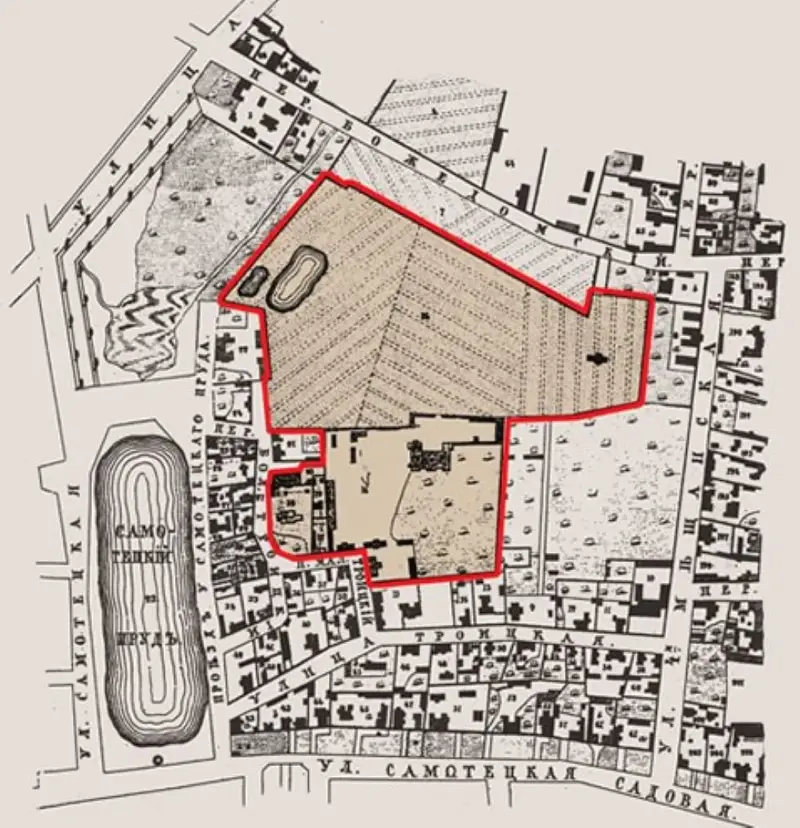
Once upon a time, even before the auto boom, Moscow reckless drivers loved to slide down it in carriages, or better yet, on sleighs—sometimes straight into Samotechny Pond. It was buried a long time ago and a park was created, one of the best in the capital.
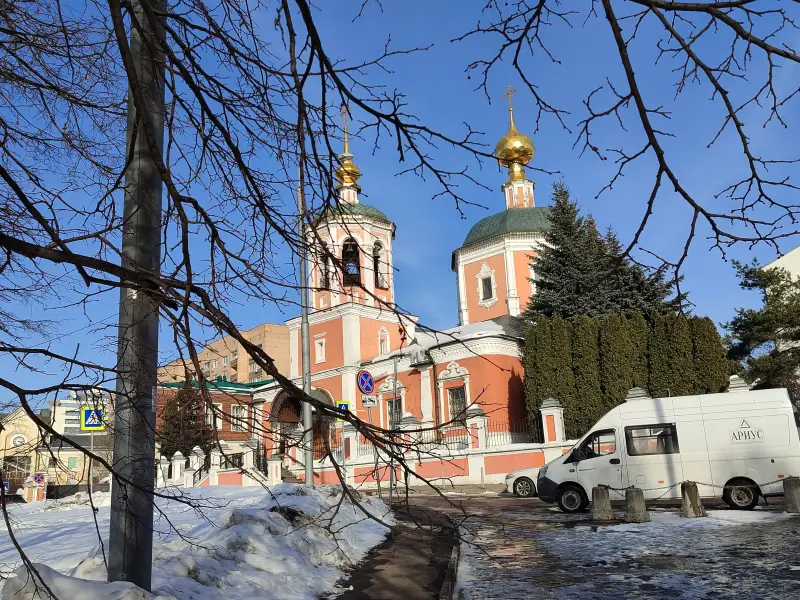
Another staircase leads directly to the courtyard, but previously you had to climb the hill using paths, which is why the main route was considered to be from Sukharevka. And the clergy settled here, outside of Moscow, already under Tsar Mikhail Fedorovich.
The beginning of time
Trinity and Lavrskaya Sloboda gave names to the local streets and alleys, but not all of them have survived. Of the three Lavrsky lanes, only the second lane, which became simply Lavrsky, retained its name, but not its appearance or spirit.
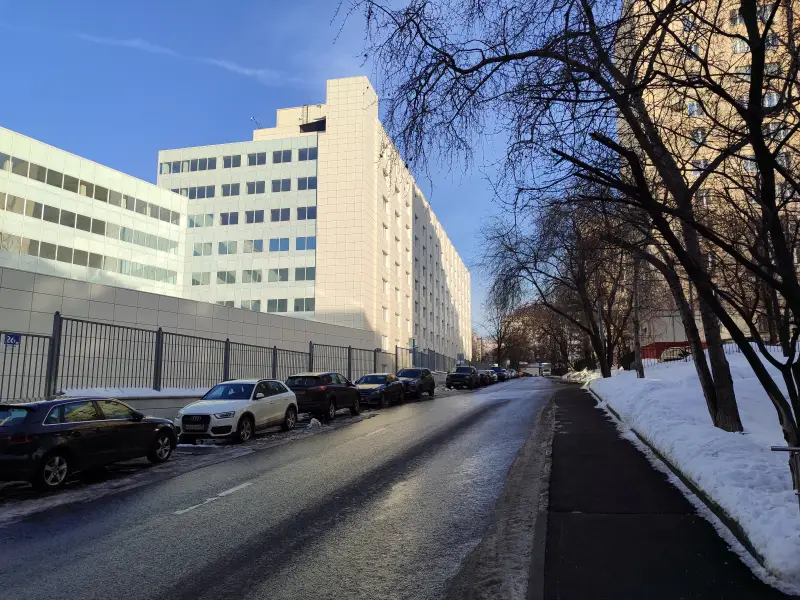
Nowadays, it is hardly possible to recognize the place where one of the last episodes of the unique short film “The Wedding” based on Chekhov was filmed. The enraged groom, the brilliant Erast Garin, is being led away by policemen along the 2nd Lavrsky.
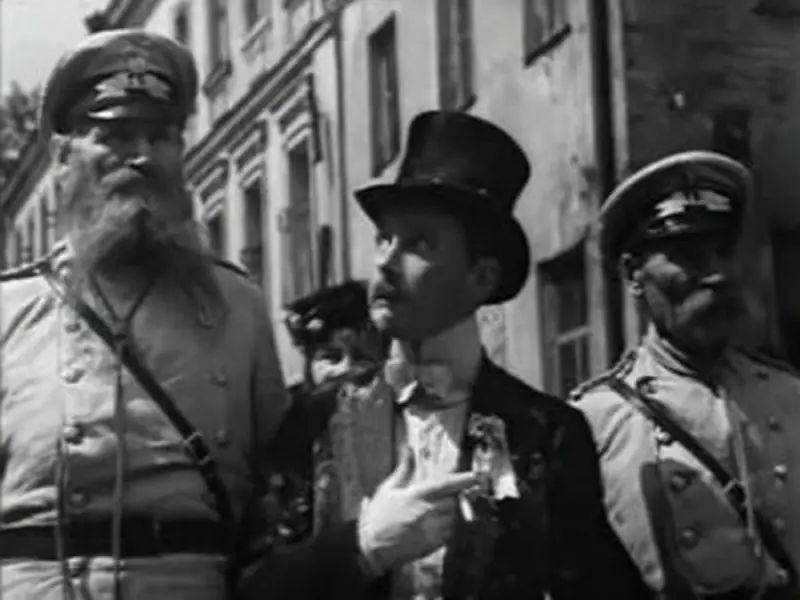
Lavrsky walks down from the expensive Magnolia supermarket, leaving behind the Sri Lankan embassy with the monument to their deity known to all Buddhists. Bulky and polished hospital buildings remain to the side, and Soviet-era residential buildings are on the left.
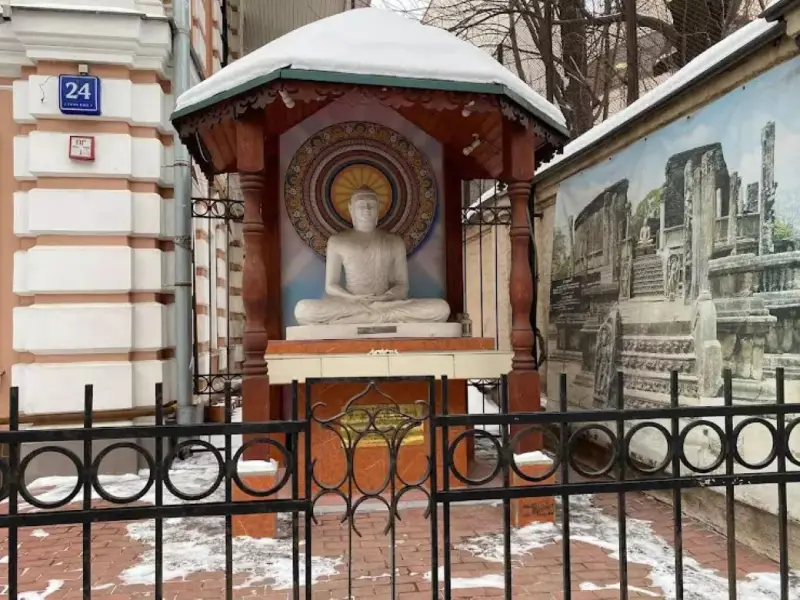
Lavrsky finishes near the Nadezhda Babkina Theater and the yet unfinished low-rise creation of the Spanish architect Ricardo Bofill. He died just two years ago, and many have visited Barcelona Airport, designed by this architect. However, his Moscow masterpiece, the low-rise Sole Hills complex (it’s easy to see in the photo), is frankly not impressive.
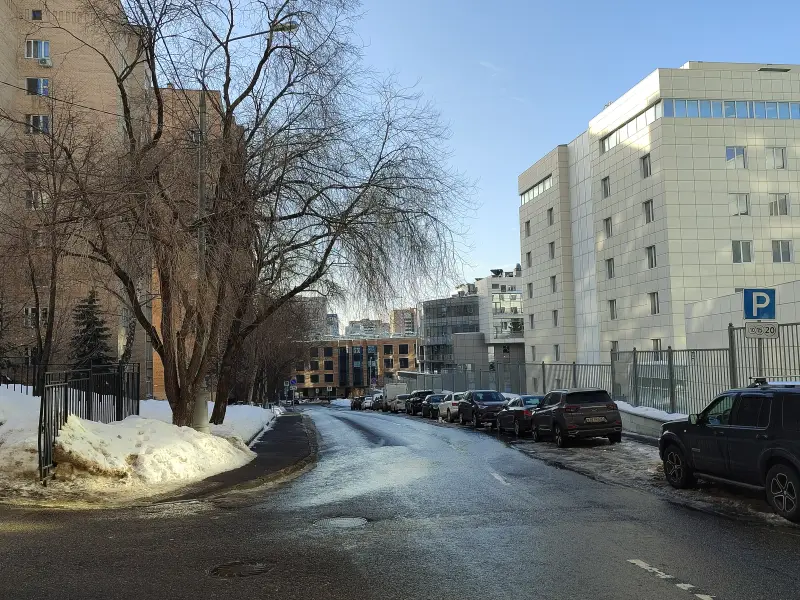
In Lavrsky Lane, as in this entire nook and cranny of the capital, one cannot find traces even of the 60s of the last century; everything, or almost everything, has been demolished for new buildings. As an exception, the Temple of the Life-Giving Trinity, the buildings of the courtyard, the Vasnetsov house-museum and several mansions, which today could well be called elite, remained.
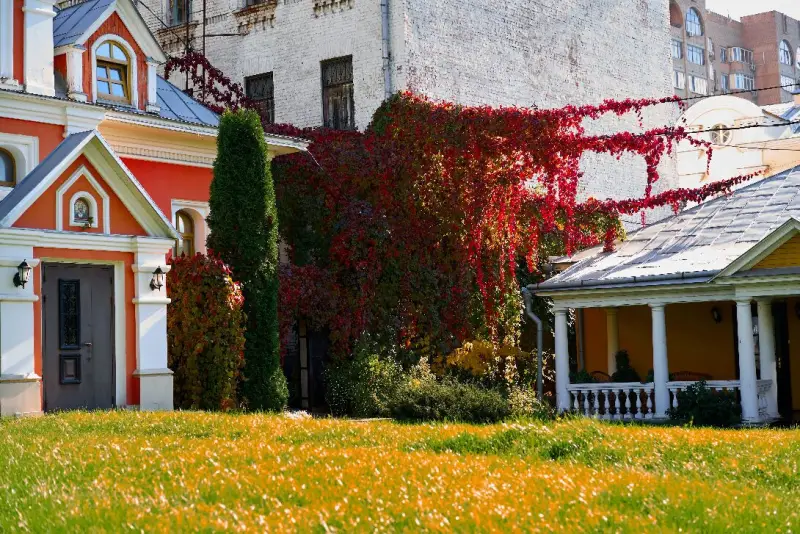
Monastery of the Patriarch
The settlement itself, which until the revolution was officially called Troitskaya Neglinenskaya, was actually lucky - it did not fall under demolition, but its fate certainly cannot be called easy. Although after great events and the restoration of the patriarchate in Russia, Tikhon Bellavin settled here.
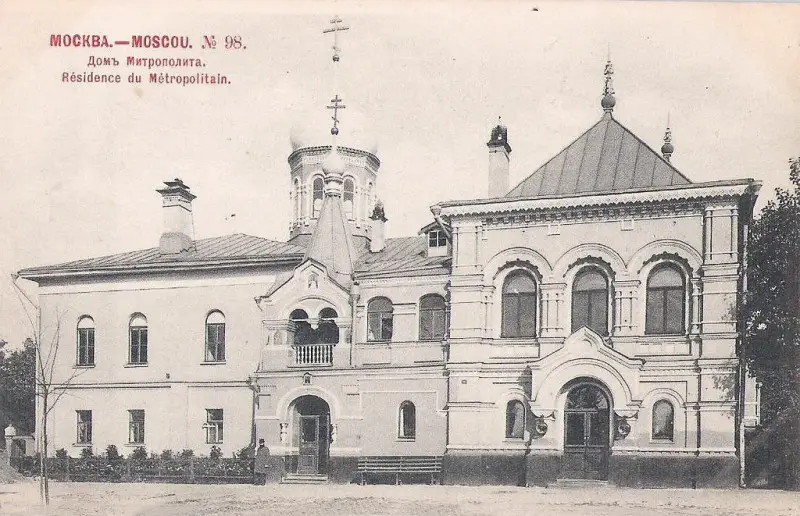
This happened when he was elected to the “widowed patriarchal throne for three centuries” - as it is written in church chronicles. From here, Patriarch Tikhon in 1922, as they said then, was “taken into custody,” and the activities of the settlement were actually stopped.
The competent authorities, although together with loyal renovationists, with their Theological Academy, occupied all the capital buildings of the Trinity Settlement, not counting the temple, for their own needs. Back in the 70s, locals continued to call the remains of the farmstead “gepeushka”, with many blind fences and outbuildings.
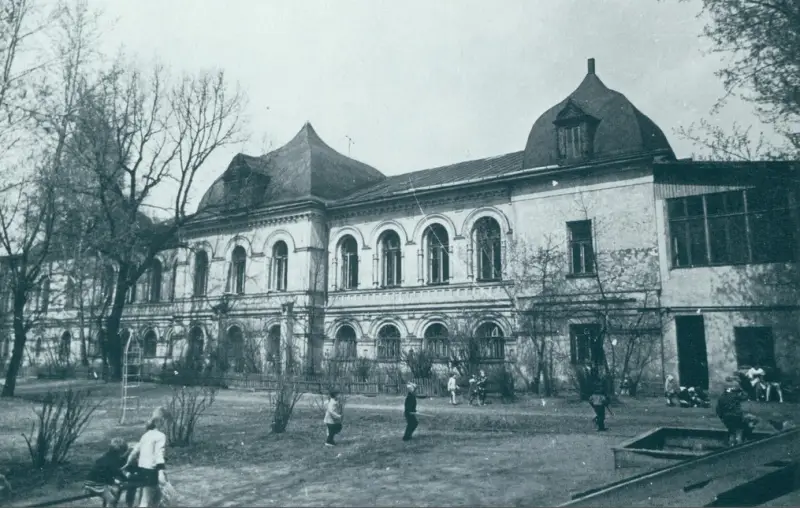
Only the area in front of the building was empty, although they regularly played football here and fought wall to wall. Your author did not have the opportunity to fight due to his youth, but only saw off something like the “Marino-Roshchinsky gang” to Lavriki.
Tell me, what kind of Maryino-Roshchinsky ones are there on Meshchansky streets, and in the alleys - Samara, Topolev, Barashkov?
However, patrols in the Laurels, and around the area in those years, went regularly, I saw it myself, but how could it be otherwise - in the neighborhood of the House of the Soviet Army and the Cathedral Mosque.
The NKVD, in fact, did not hold everything it could for long - in the settlement after the war there were warehouses, a kindergarten, and even a Music Hall in line with the Moscow Academic Symphony Orchestra.
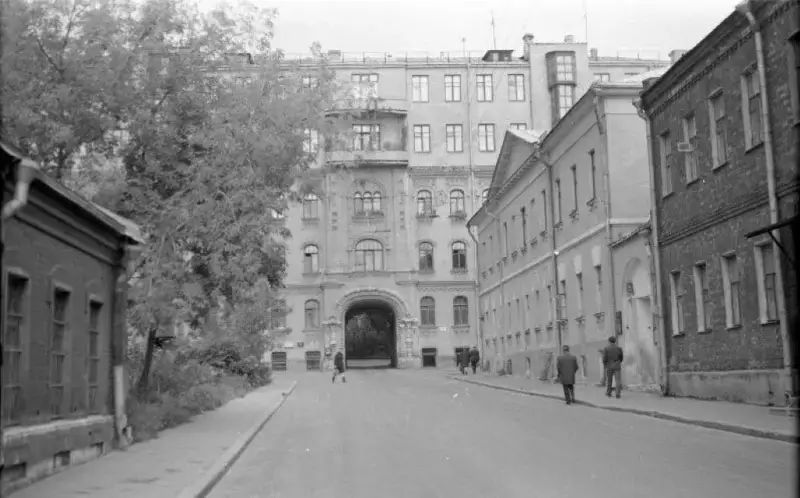
Many buildings, such as the pilgrimage building, which was completed and rebuilt more than once, and the Singing House, where the bishop’s choristers lived, were well suited for communal apartments. Moscow was growing, but there was a catastrophic shortage of housing.
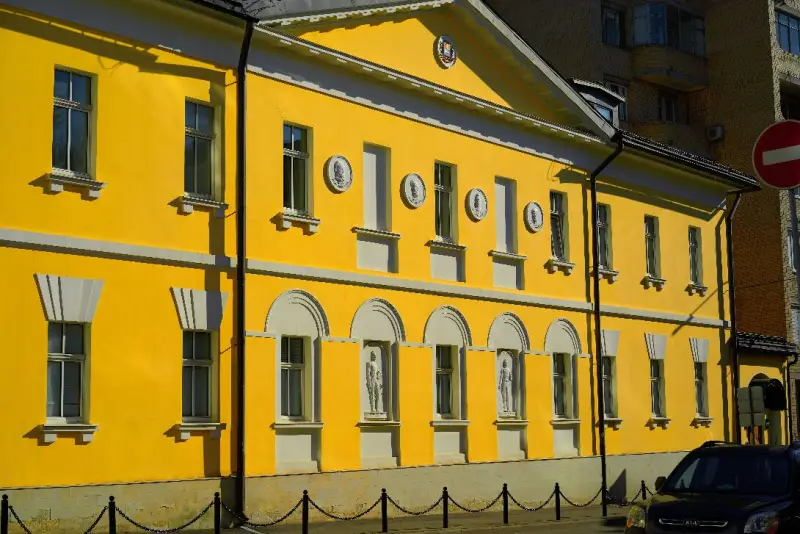
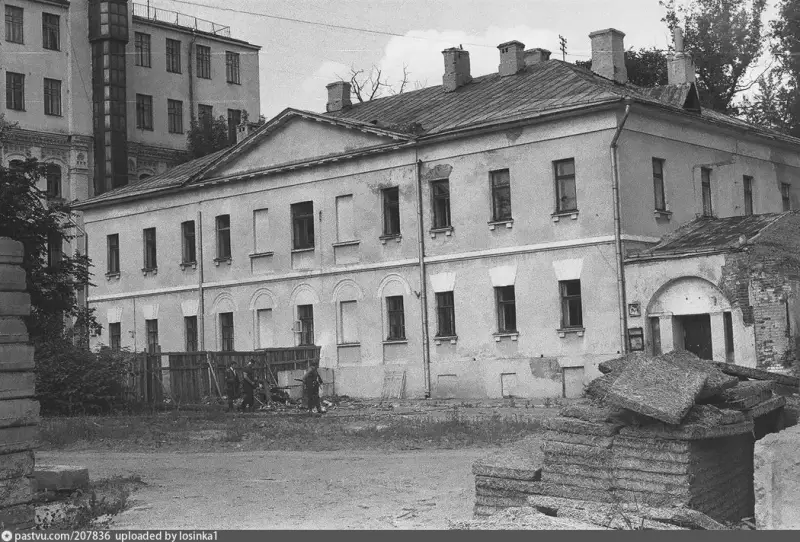
The singing house was recently handed over to the Venezuelan Embassy and was even decorated with bas-reliefs of Simon Bolivar and Francisco de Miranda. I would like to note a no less, but more elegant mansion at the other end of Troitsky Lane, which now houses one of the best, apparently, dental clinics in the capital.
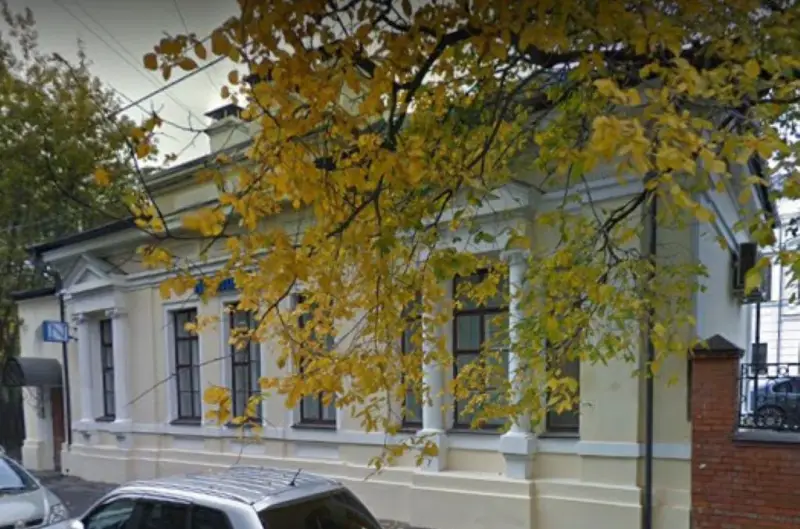
I am writing this not because I “did my teeth there,” but in recognition of the skill and delicacy with which the house itself was restored by the little-known architect Aladin.
Well, Patriarch Tikhon suffered house arrest in the Donskoy Monastery, and then a tragic death.
Visitors from the future
Only in the early 90s the former residence of the patriarch and most of the courtyard were returned to the Orthodox Church. By that time, our path to the courtyard had already been blocked by the new “singing” house, where many soloists of the Bolshoi Theater settled. The house has had a bad reputation since ten years ago when acid was thrown at the chief choreographer of the Bolshoi Theater, Mr. Filin, at one of the entrances.
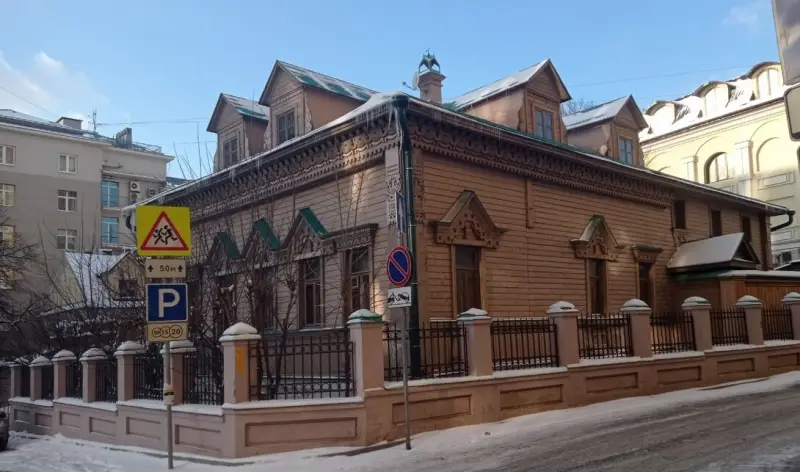
There is also an arch near the house, past which you can see the unique, but already updated wooden mansion of the Nedykhlyaev family of merchants, which has changed many owners, including the Chinese tea house. In the courtyard there are galleries, small museums, including “At the Trinity,” and shops with crafts and antiques.
The artist's word
It remains to talk about what is perhaps the most extraordinary house in the neighborhood of Lavra – the Victor Vasnetsov Museum. We all grew up, one might say, in his paintings, although this cannot be said about the current generation.
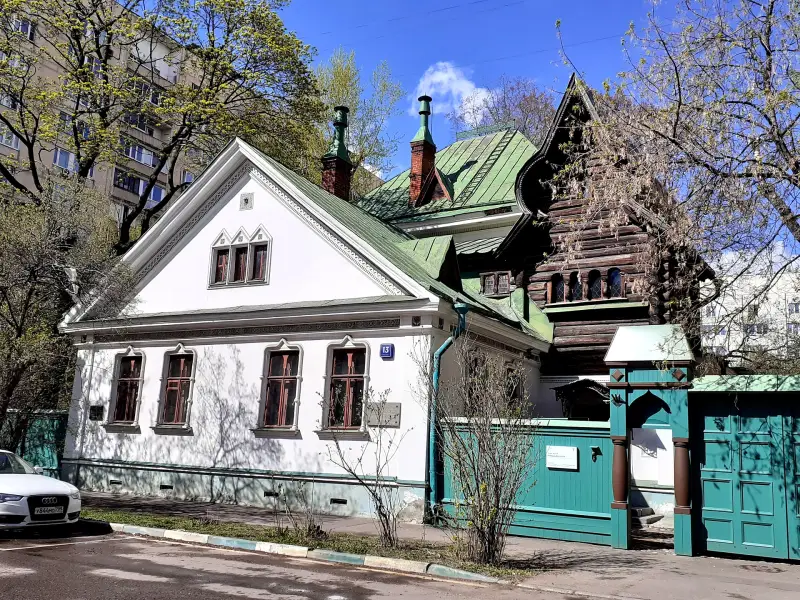
The author of “Alyonushka” and “Bogatyrs” decided to move to Troitskaya Sloboda at the height of his glory. But there was enough money only after Vasnetsov painted the Vladimir Cathedral in Kyiv and Savva Mamontov supported him financially.
In Moscow, mindful of the fires, it was already prohibited to build tall wooden houses, but the artist received special permission from the city government, explaining that “... the workshop should be located as close to the ground as possible in order to avoid reflexes from the ground and nearby buildings.”
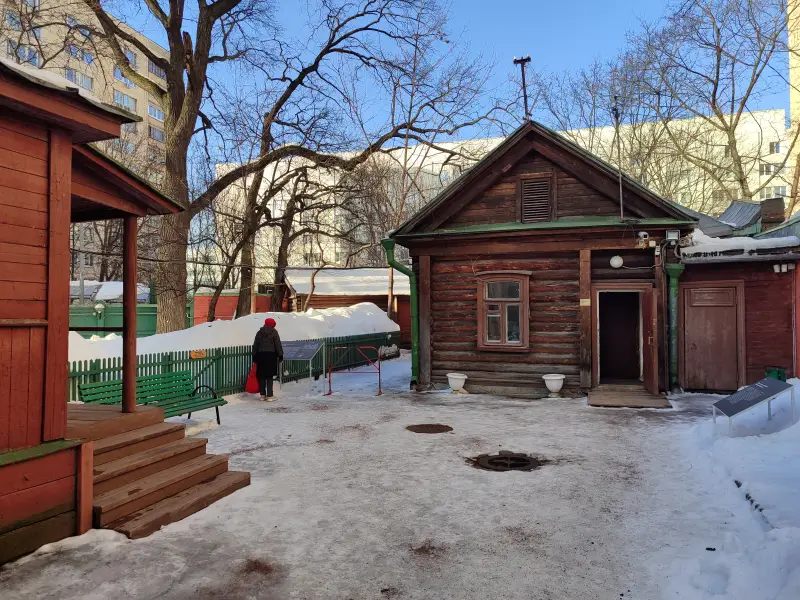
Today there is a house-museum here, there are studios, the attendance is encouraging, although everything is open only until 17:00, but the fact that this is a branch of the Tretyakov Gallery inspires calm confidence in the future. It would be like this everywhere. And in everything.
Information